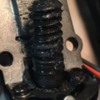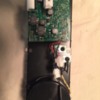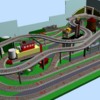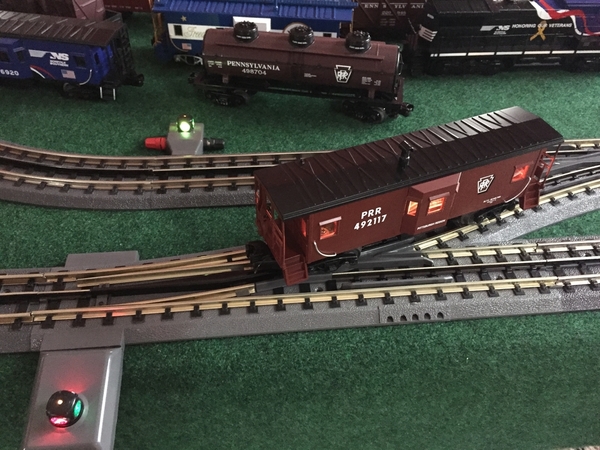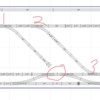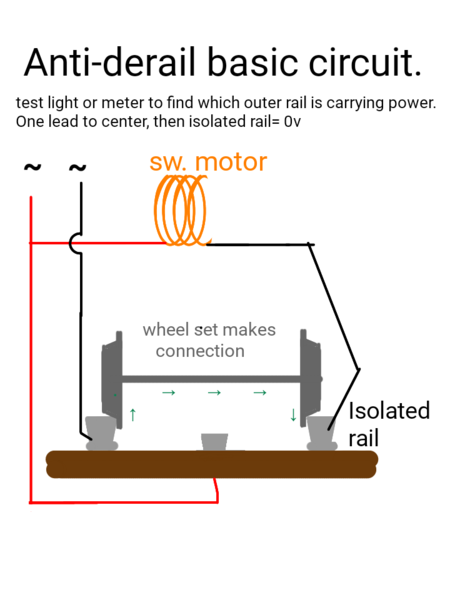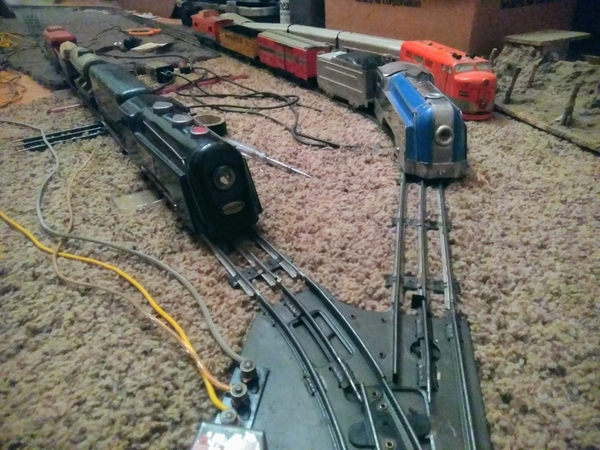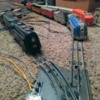Hi all I am brand new to the hobby and have spent that last few weeks reading the forum and watching as many videos as possible to try and get up to speed. I am on my third revision of my layout which I borrowed from another member on here (see picture) I just had to move my switch down from the 0-31 curve because my locomotive was derailing occasionally. I have one 4x8 bench and besides that nothing is permanent yet. I have been doing a lot of troubleshooting on my own but don’t want to damage my locomotive.
I have the MTH RTR PRR Set and I am using 0-31 real trax and I added the MTH 30 inch bridge and 24 piece trestle set. In the video you can hear the squealing noise of the locomotive as it goes down the grade. The speed is at 9 mph on the app and the faster I go the less noise there is. I turned off all sounds so what you hear is what is coming from the locomotive my other rolling stock do not make any noise. Not sure if this is a braking feature as the locomotive tries to slow down or if it is resistance going down the grade that may be damaging the motor. Any tips would be appreciated thanks.







